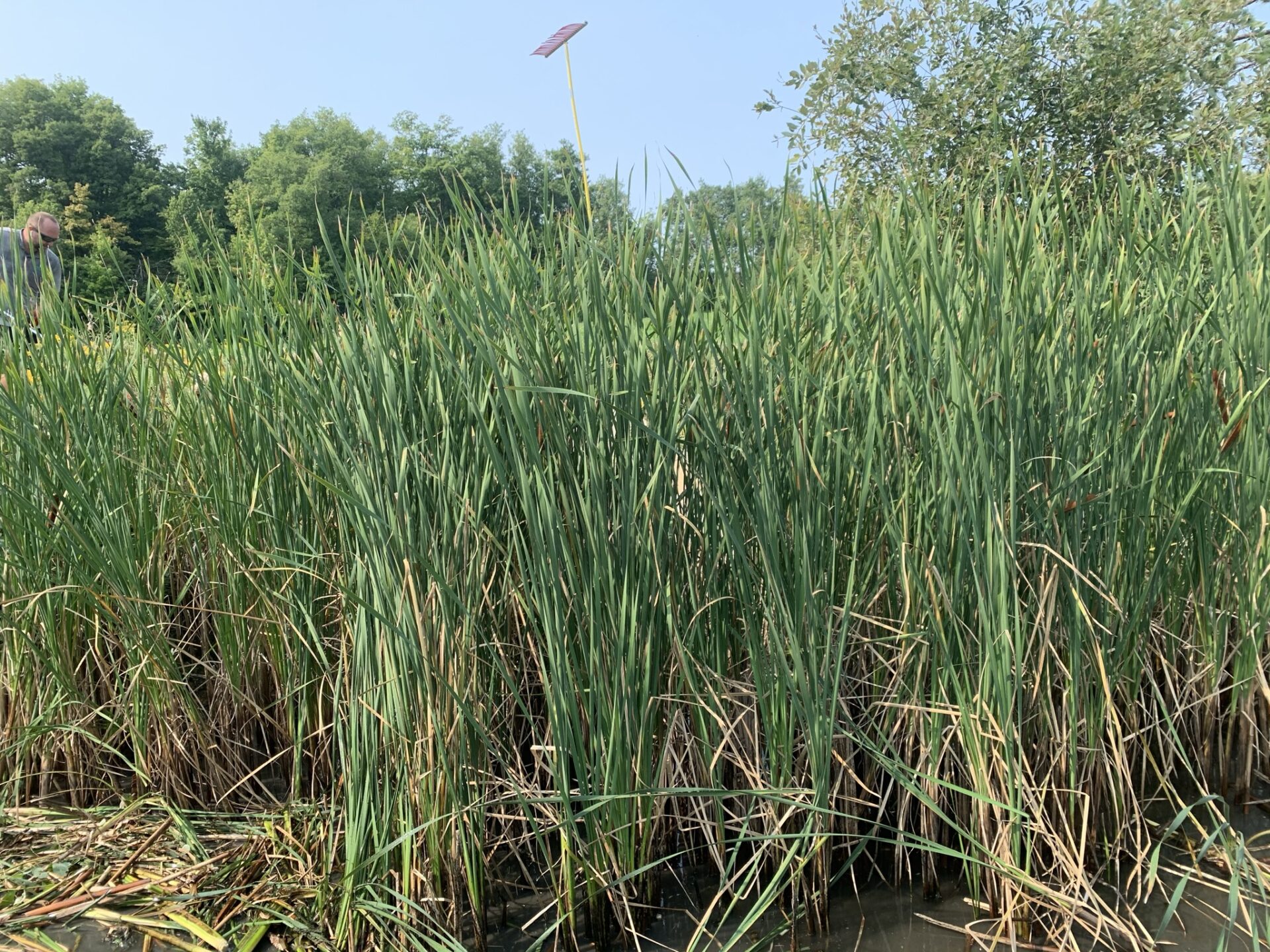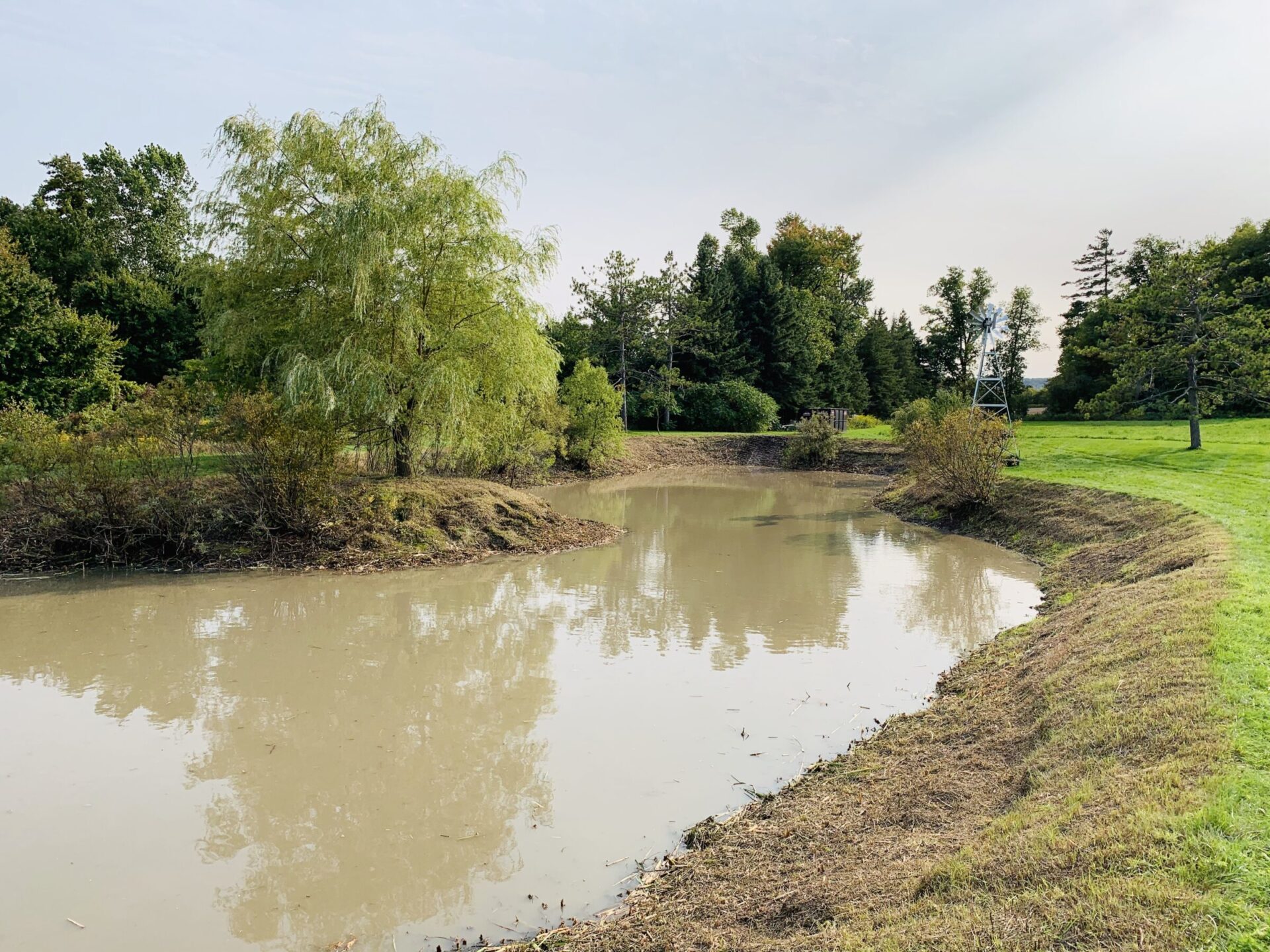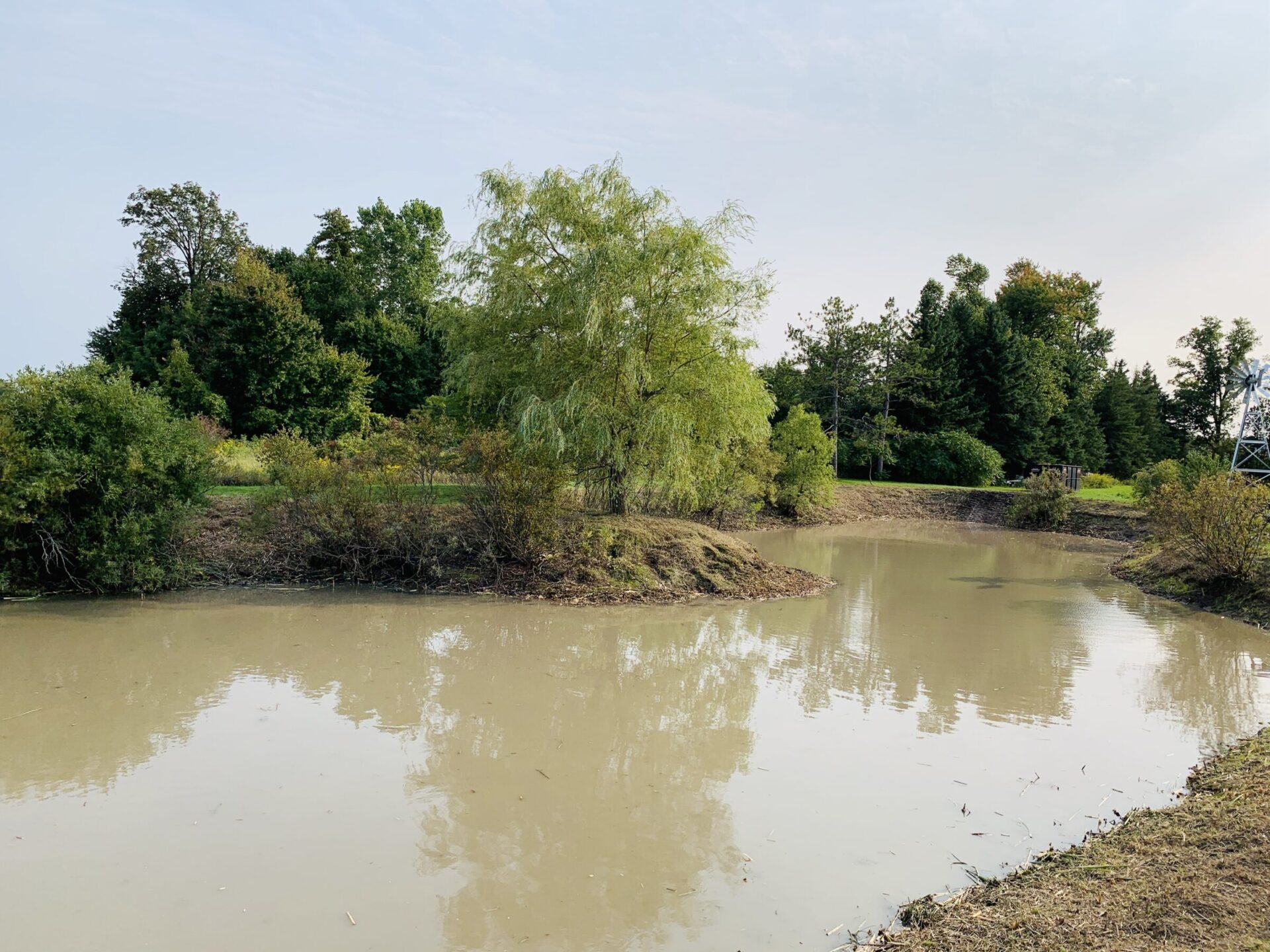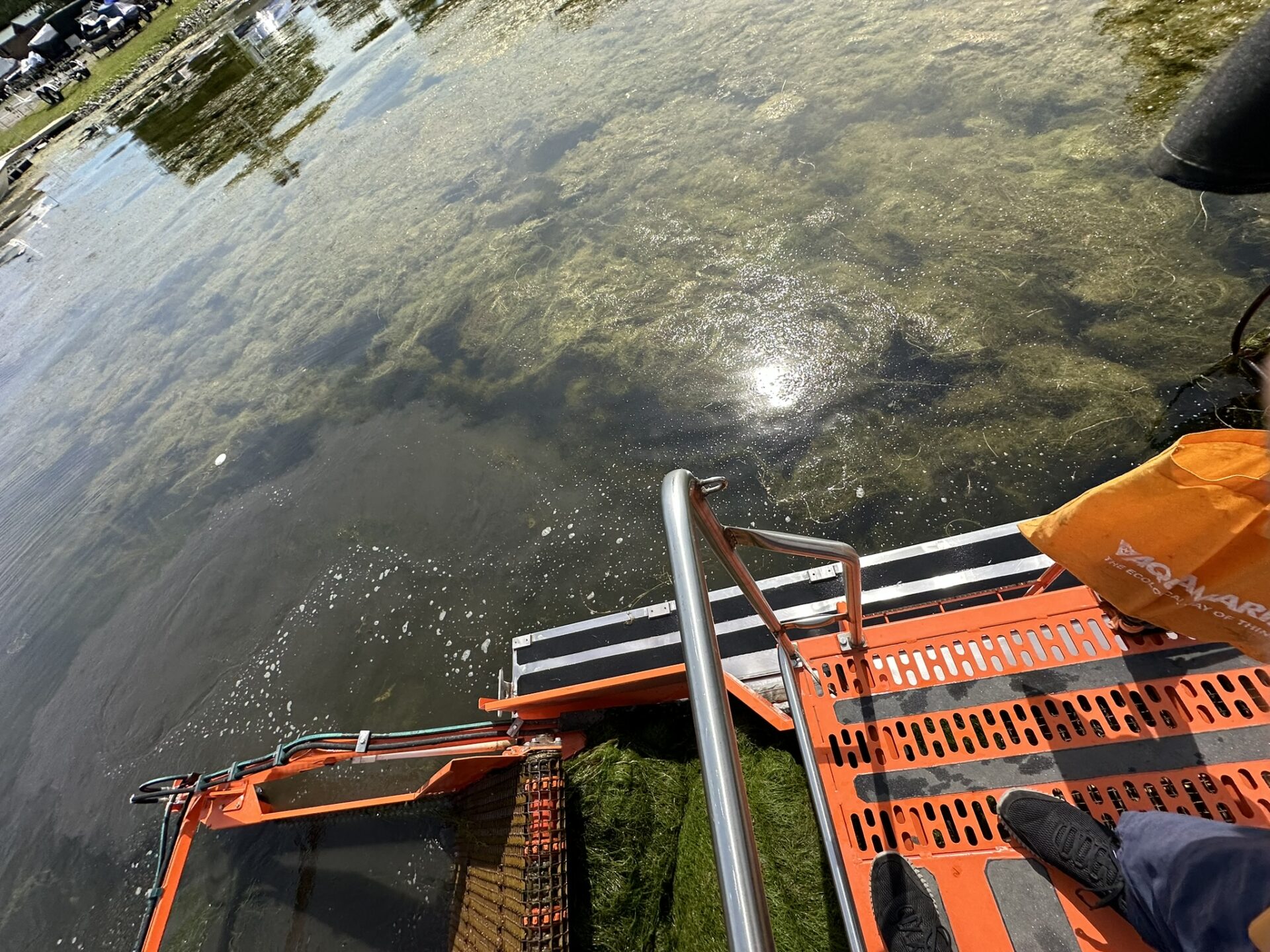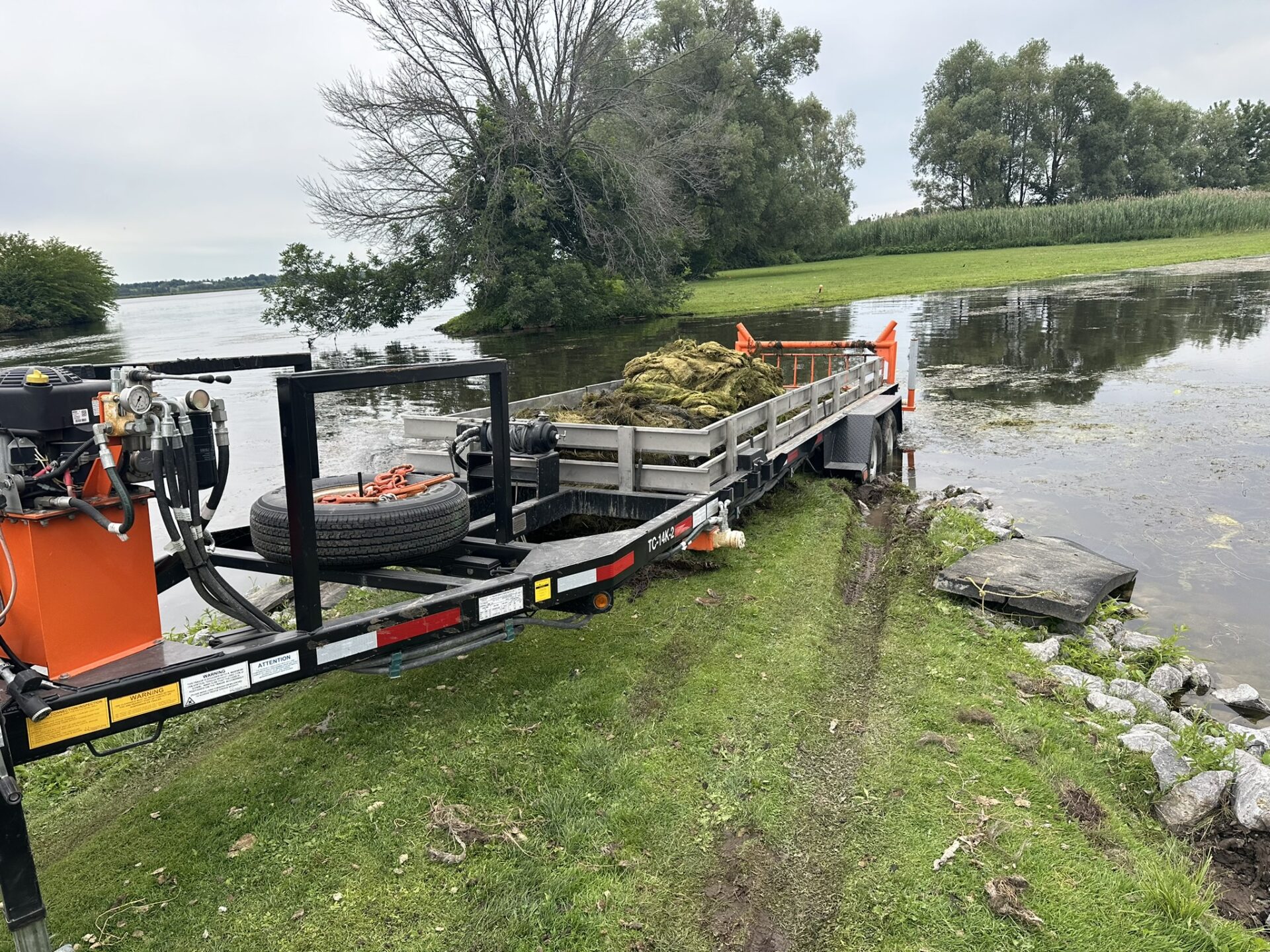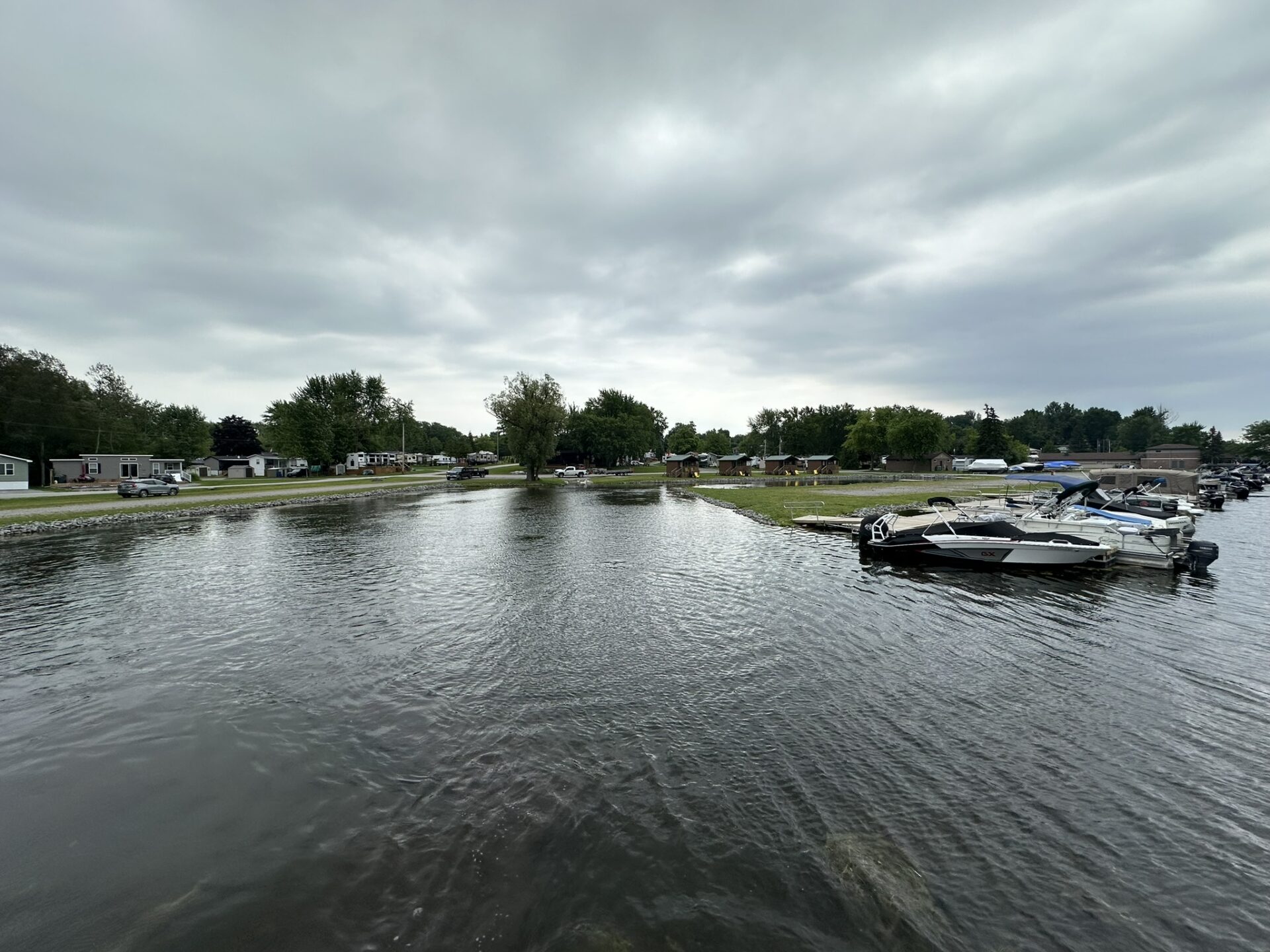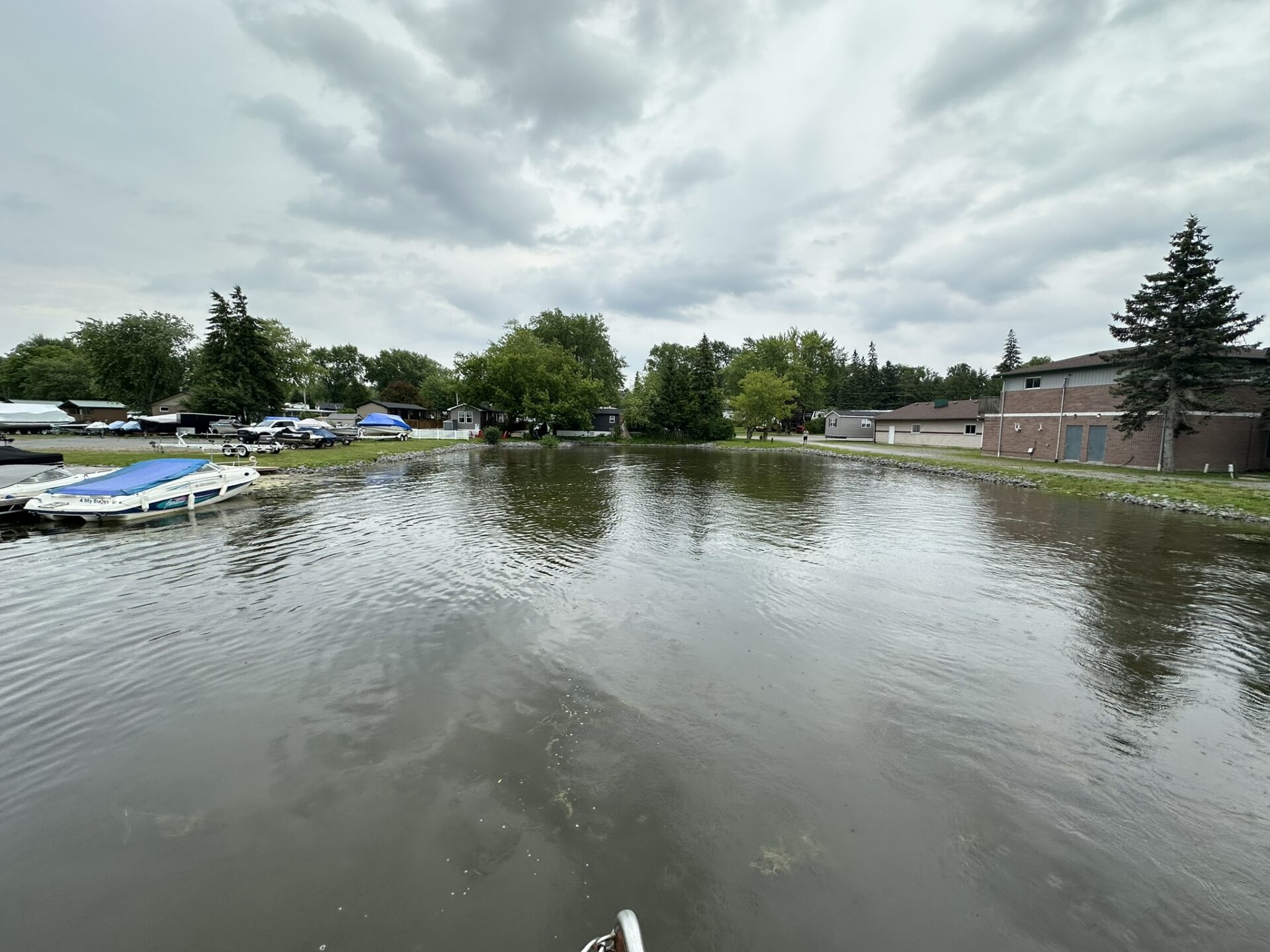To promote healthier water systems, Weeds B’ Gone demonstrates how strategic aeration improves pond clarity, oxygen levels, and overall ecosystem balance.
In addition to physical weed removal, we support the health of waterbodies through aeration systems that keep oxygen flowing and ecosystems in check. Aeration promotes beneficial bacteria and reduces algae growth, preventing the return of stagnant or weed-heavy conditions. Our custom systems are designed to maintain long-term clarity and aquatic balance for residential, municipal, and cottage waterfronts alike.














